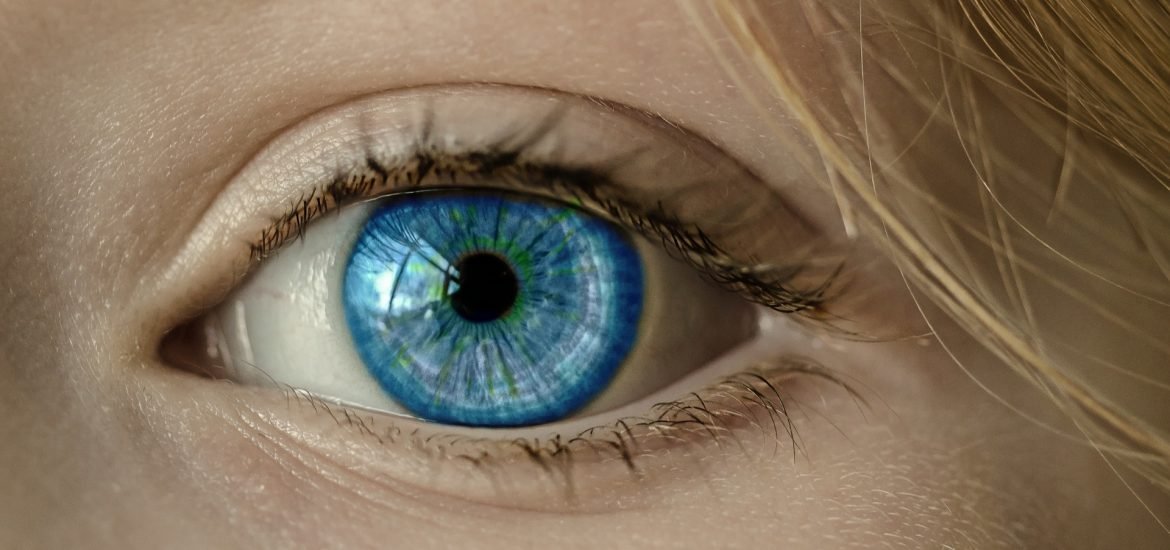
New research demonstrates that differences in pupil size can predict success during free recall tests of memory in humans, suggesting that pupil responses might be a valid marker of underlying brain processes associated with encoding and recall of memories.
Published today in Nature Scientific Reports, a study led by Michal Kucewicz and Jaromir Dolezal aimed at investigating whether pupil size during a free recall test of memory could be used to predict the likelihood that one will remember certain stimuli afterwards. That is, when presented with new information, does one’s pupil size reflect how successful they are at encoding, and then retrieving new memories?
It is well-documented in the scientific literature that pupils are a powerful window into the inner-workings of the brain. Changes in pupil size (dilation and constriction) correspond to brain activity in several domains, including attention, arousal, interest in visual stimuli, decision making – even general levels of mental activity during a difficult task. All this is because our pupils are controlled by neural mechanisms and pathways that are tightly interconnected throughout the whole brain and nervous system.
Such findings have been the inspiration for “pupillometry”, the study of changes in pupil size as a measure brain activity. While pupillometry has proven itself to be a valid method of probing for many areas of cognitive processing, memory is not yet highly among them. Only a select number of studies have dealt with the link between memory performance and pupil response, and according to Kucewicz and colleagues, it has remained an open question whether pupil size can tell us anything about encoding of freely recalled memories. Their new study sought to find an answer to this question.
Ten subjects – five female and five male – participated in the study, which consisted primarily of a free recall verbal memory test, a common experimental paradigm in psychology. Subjects were presented with a sequence of twelve random words, each of which appeared on a screen and for just over half a second, with a one-second gap in between each. After the twelfth and final word disappeared, participants had to complete a “distractor task”, in this case a series of basic math problems. Then, subjects had to recall out loud as many words from the list as they could remember.
Throughout this procedure, participants’ pupil size was measured with high resolution eye tracking technology.
As expected, results showed that pupil size greatly increased during the time when subjects were recalling words – a finding that supports results from previous studies that demonstrate a correlation between pupil dilation and task difficulty, or mental effort.
As for the times when participants were viewing the words on the screen, encoding them in memory, data analysis produced a more interesting finding. Even though pupil size and performance varied considerably between subjects during the task, it was found that for words that were successfully recalled from the list, participants’ average pupil size was significantly smaller just before the word was presented on screen, and significantly bigger after the words appeared – in comparison to average changes in pupil size before and after words that were not later successfully recalled.
The authors say their study suggests that pupil size before and during presentation of novel stimuli “can be used to predict subsequent memory recall”, as a potential measure of successful memory encoding.
The current study is limited in terms of its size and the inferences that can be drawn about the link between pupil size and memory processing from just one memory task.
However, validating pupil size as a biomarker of memory encoding and recall would mean that pupillometry could be used in both research and clinical settings in place of invasive and costly brain imaging techniques that are normally used to probe for memory processing. More research in this area is worthwhile.
This study was conducted in part out of the Mayo Clinic in the US, and Czech Technical University in Prague.